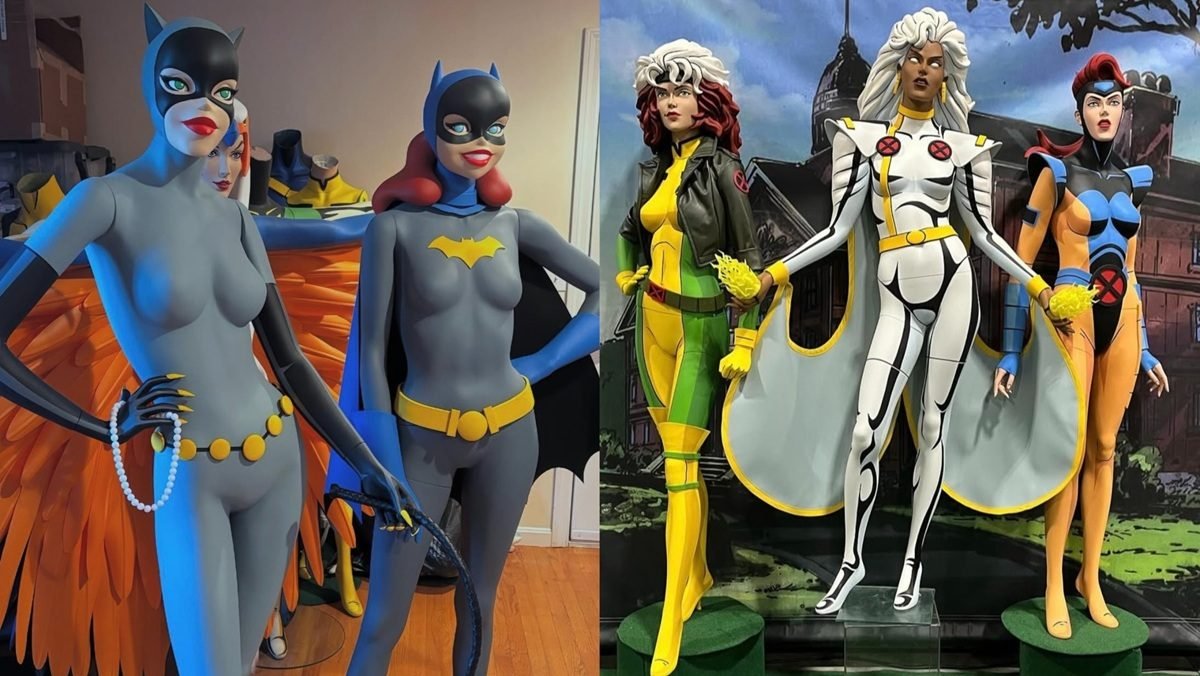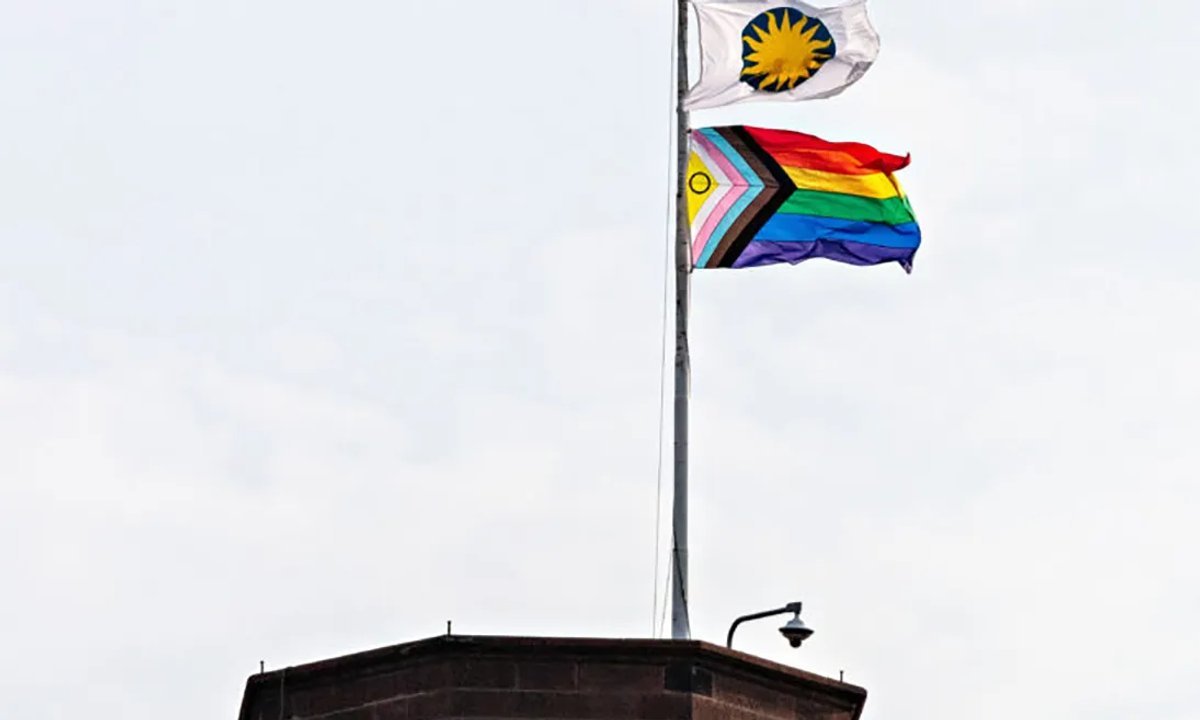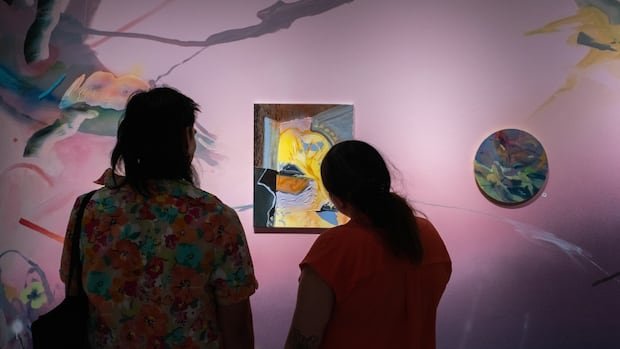One doesn’t always need paper to paint or draw. A wall, barks of trees, leaves and even stones would do, believe the students of Government Model Residential School, Wadakkanchery, Thrissur. Hailing from tribal and other backward communities, these students know how to make use of the materials around them as a medium to express their creativity. And the stones they painted now feature on the cover of the new Standard V Art Education Activity Book of the Kerala State Syllabus.
In June 2023, when their drawing books didn’t arrive on time, their art teacher Priya KG suggested they paint on stones instead. The students used bright colours and transformed the stones into veritable works of art.
SCERT’s Art Education Activity Book (Class V)
| Photo Credit:
Special Arrangement
This stone art was selected by the State Council of Educational Research and Training (SCERT) Kerala as a textbook cover for its uniqueness and the young artists’ spirit of innovation. “It is heartening to see how the children used available materials from their surroundings to paint,” says Satheesh Kumar K, research officer, Art Education, SCERT Kerala.
As part of its effort to encourage students’ creativity, SCERT had sent a communication to schools to share art works done by students. And Priya sent a photo of the painted stones. When she joined the school as the art teacher two years ago, she had spotted a number of paintings the children had made on the rocky patches surrounding the school. “Most of their drawings are original — they draw what they have grown up seeing around them in their tribal hamlets in the forests and that includes wildlife, trees, and of course, people. I realised that these children possessed immense talent and all we needed to do was guide them,” she says.
What started as abstract paintings soon turned to drawings and figures. “Many of these children were using paints for the first time in their lives,” she says. “They usually draw on trees and rocks; and we at the school encourage them to do the same, so that they understand that the medium and material for a painting can be found in our immediate surroundings,” Priya adds.
Featuring students’ art works on textbook covers and inside pages is part of SCERT’s larger goal of encouraging art education and ensuring children’s participation in the creation of textbooks. “We have been making a conscious effort to speak to children and take into consideration their opinions,” says RK Jayaprakash, the director of SCERT. Students who won A grade at the State level school youth festival were invited to SCERT to paint. And selected works have been featured in the inside pages of various textbooks, adds Jayaprakash. In order to increase the involvement of children and their contribution to the academic curriculum, SCERT also invites students to workshops, where they can share their inputs, Jayaprakash adds.
Art education is an important part of SCERT’s curriculum, which focuses on music, dance, theatre, painting and sculpture, and cinema. “Our aim is to mould a generation of not just artists, but aesthetes as well,” says Satheesh. While choosing a textbook cover, aspects such as political correctness and gender sensitivity are taken into consideration,” says Satheesh Kumar K. The cover of the Class VII art education book features the work of artist Ratheesh T of a dark-skinned dancer. The cover of Class IX art education book is artist K P Reji’s work that depicts three girls returning from a science exhibition. “Both these works depict empowerment,” Satheesh adds.
The drawing on the wall
Meanwhile in Kochi, the walls of the LP section of the Higher Secondary School Elamakkara are peopled with the characters from the Class I Malayalam textbook. “This is to help children familiarise with the characters, which would help them enjoy learning Malayalam,” says the Class I teachers Nasiya A and Soumya Barbara. This is part of an initiative by the Samagra Shiksha Kerala, a programme for the school education sector (from pre-school to Class XII), to make learning an enjoyable process for students. The walls were painted by present and retired art teachers.
month
Please support quality journalism.
Please support quality journalism.






